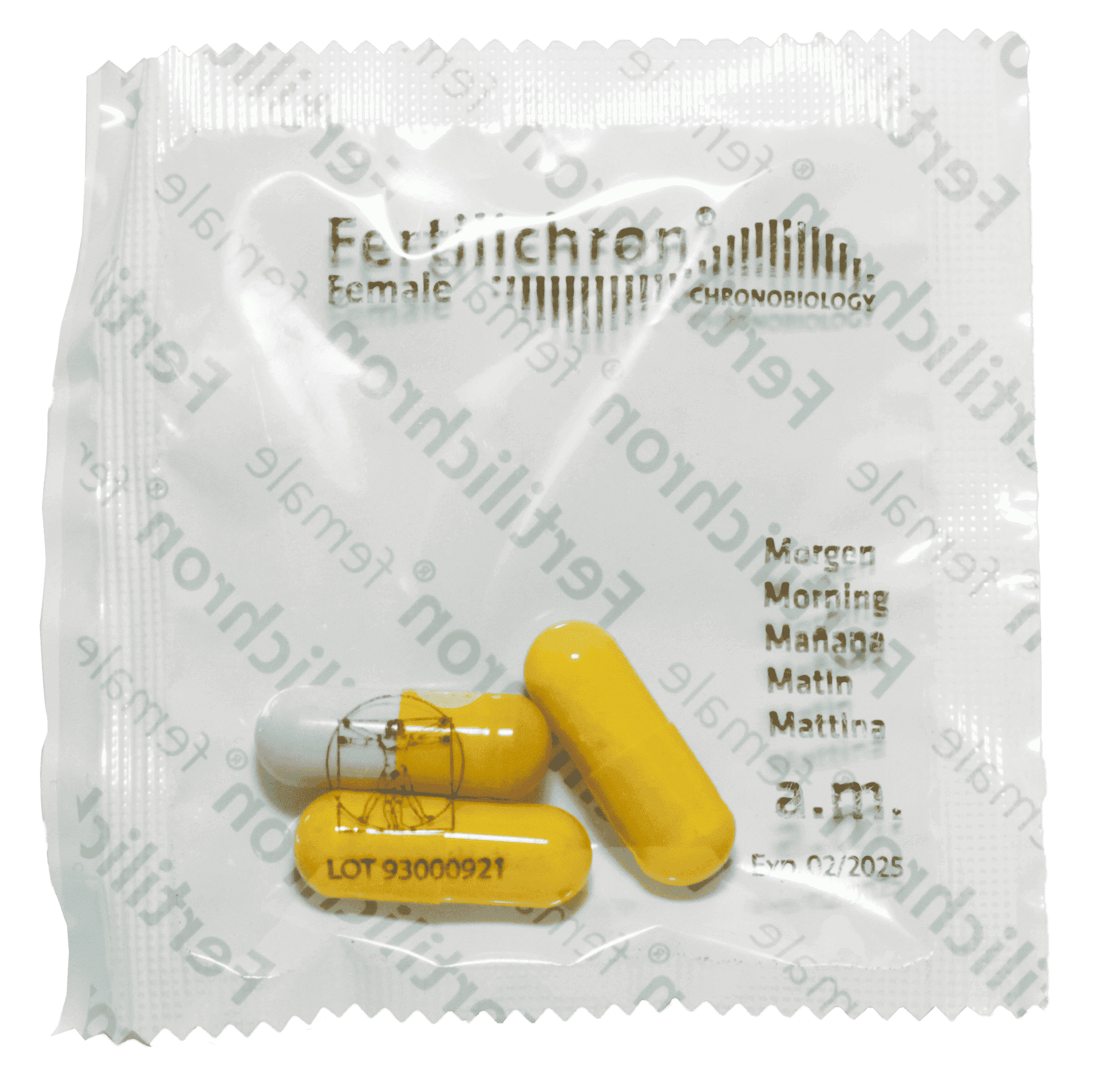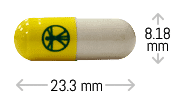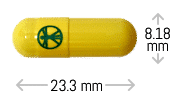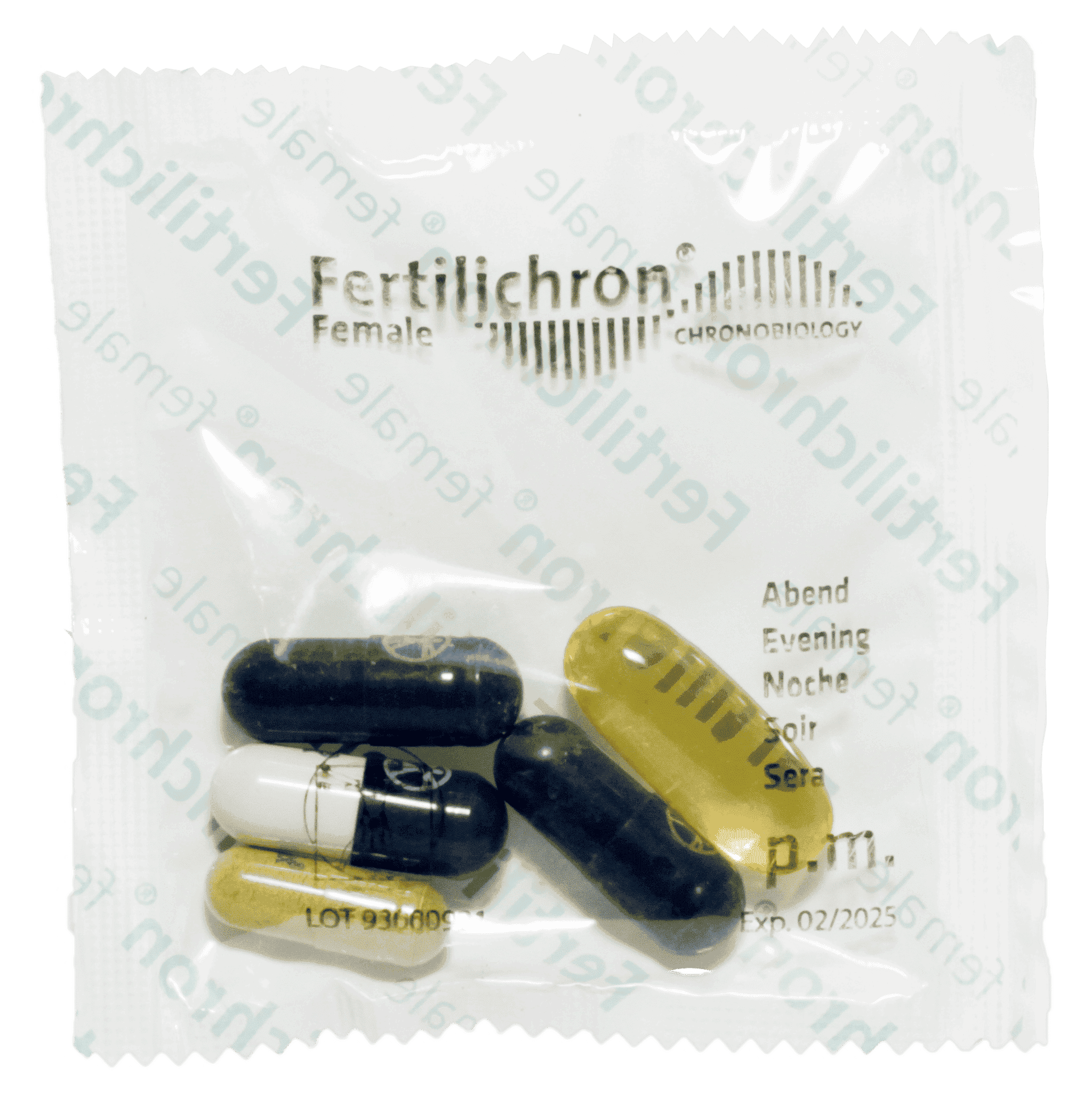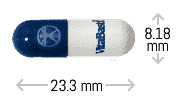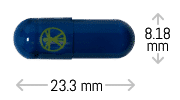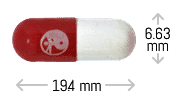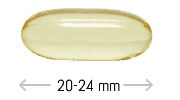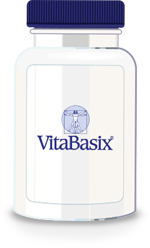Although many factors that influence fertility are beyond our control, it is still possible to support optimal female fertility levels by addressing those lifestyle factors that are within our control. These include moderate physical activity, maintaining a normal body weight, monitoring the use of prescription medications and reducing bad habits such as smoking and excessive alcohol consumption.
Perhaps the most important factor in achieving optimal fertility is nutrition. Nourishing the body and especially the reproductive organs with the right vitamins, minerals and nutrients is one of the most important steps one can take to support optimal reproduction. At the same time, a balanced diet is crucial for the entire pregnancy and the development of the future baby.
Since fertility depends on several factors, it is important that the body is supplied with a variety of amino acids, vitamins, secondary plant substances and trace elements. The aim is to use the period before conception to optimise all the relevant parameters so that at the time of conception there is satisfactory egg quality and all the other requirements for a successful pregnancy are also met. The chance of successfully combining the maternal and paternal gene pool is greatest when as many components as possible have been stimulated and optimised naturally for successful fertilisation and subsequent implantation.
The following nutrients, among others, can help promote female fertility and reproductive capacity:
Myo-inositol, also known as vitamin B8, belongs to the comprehensive vitamin B complex. It is found primarily in plant foods such as grains, nuts, seeds, legumes, fruits and vegetables. As a key component of the cell membrane, inositol is an important bioactive nutrient when it comes to maintaining normal cell growth on the one hand and when you want normal insulin production on the other. Thus, this vitamin B is essential for every woman who is exposed to the stresses and strains of pregnancy. It has been shown that a higher level of myo-inositol in the follicular fluid in the three months prior to fertilisation is a co-factor associated with improved egg quality. Many women also appreciate the positive effect of inositol on the skin, as well as the rest of the body that can benefit from vitamin B8 intake.
L-arginine is found in foods such as meat, nuts and legumes. Pumpkin seeds are particularly rich in this nutrient. This is an amino acid that can support normal blood flow to the reproductive organs and help create optimal conditions for implantation of the fertilised egg. L-arginine can also support the formation of protein-like mucus in the uterus.
Folic acid: Also known as vitamin B9. Is found in green leafy vegetables such as spinach, cucumbers and cabbage. Legumes, nuts and oranges are also rich in folic acid. It is crucial that the woman’s body already contains a sufficient amount of folic acid at the time of fertilization, as it plays an essential role at the beginning of pregnancy. It is often advised to supplement this vitamin especially before and during the first three months of pregnancy, as the increased requirement often cannot be covered by the diet.
Natural carotenoids: beta-carotene, lutein and lycopene are just a few representatives of this fat-soluble vitamin class. They all provide the female body with the precursor of vitamin A. These nutrients are found in many fruits and vegetables. The first letter of the alphabet is dedicated to this vitamin for good reason, because it fulfils important tasks in connection with human reproduction, cell division and growth. Beta-carotene additionally has regulating properties on the immune system. Due to their great antioxidant potential, carotenoids are generally classified as strong protective substances that can help protect against free radicals. The human body uses beta-carotene to produce exactly the amount of bioactive vitamin A needed at any given time, so overdosing is unlikely.
MACA: The Peruvian root maca (Lepidium Meyenii) has been used for centuries by the indigenous peoples of South America to increase sexual energy and desire. After the Spanish conquest of Peru, the tuber was also exported to Europe to take advantage of its potency-enhancing effects. Maca contains a variety of minerals, essential amino acids and trace elements. This natural substance can not only increase libido, but also support a normal hormone balance overall and thus create the conditions necessary for the maturation of a healthy egg cell. In addition, maca can improve physical and mental energy while supporting the immune system.
Tomatoes: When trying to conceive, the challenge is to ensure optimized blood flow during this time of peak demand. Stress, obesity and high LDL cholesterol can cause the platelets to become too sticky, which is dangerous. The components of tomatoes, with which tomatoes coat their seeds, can help keep platelets smooth without affecting their blood clotting properties.
Co-enzyme Q10 is mainly found in beef, chicken, sheep and lamb meat, fish and eggs. It is an important component of the cellular power plants mitochondria with multiple positive effects. Co-enzyme Q10 can also promote oxygen transport and endurance in people with sedentary lifestyles. With regard to reproduction in women, this fat-soluble nutrient has been shown to help support egg quality as well as subsequent implantation.
The polyphenol resveratrol is a natural, highly efficient nutrient. It was originally extracted from the skin of grapes. Cocoa, peanuts, pistachios and berries also contain this nutrient. The highest content of resveratrol, however, is found in Japanese knotweed. Resveratrol can not only help protect against reactive oxygen molecules, it is also beneficial for growing life, as it can support many cell processes and cell functions.
Vitamin C is a water-soluble vitamin that is an indispensable factor in the production of many essential substances in the body. The egg cell transports 50 percent of the DNA involved in conception, so it should naturally have a high content of vitamin C to protect itself from environmental damage. Last but not least, vitamin C can contribute to the regeneration of the reduced form of vitamin E and thus support the positive function of this vitamin. Citrus fruits are considered the classic main suppliers of vitamin C. But many vegetables such as peppers, broccoli and cabbage are also rich in vitamin C.
Vitamin E: This vitamin is found mainly in cell membranes, where it supports the active properties of vitamin C. Foods that contain a lot of vitamin E include various oils, nuts, seeds as well as green vegetables.
As co-enzymes, the various water-soluble substances of the vitamin B complex – B1 (thiamine), B2 (riboflavin), B6, B12, folic acid, pantothenic acid, biotin and niacinamide – can contribute to the maintenance of normal cognition. At the same time, they regulate a variety of cellular processes that are essential for normal spermatogenesis. B vitamins are found in many animal and plant foods such as fish, meat, eggs, nuts and legumes. Deficiencies of these vitamins occur mainly when the body needs larger amounts of these nutrients, e.g. when the rapidly growing embryonic tissue during pregnancy requires a high turnover of nutrients.
MCHC: Hydroxyapatite is a special form of calcium and accounts for up to 40% of the respective mass in bone and up to 95% in teeth. Besides calcium, hydroxyapatite also contains phosphorus, a second mineral that is essential for bone formation. It can be absorbed as soon as it is consumed in micronized, i.e. greatly reduced, form. A normal calcium balance is also necessary to ensure that the fertilized egg implants in the uterine lining, resulting in pregnancy.
Other minerals and trace elements such as magnesium, copper, zinc, iodine, iron, selenium, manganese, chromium and molybdenum as well as omega-3 fatty acids are essential nutrients. It is important that iodine, selenium, calcium and other bone nutrients are stored in sufficient quantities in the female organism at the time of fertilization and before the formation of the placenta. Minerals and chemical elements, such as molybdenum, can support the effectiveness of amino acids and enzymes.
Omega-3 fatty acids are found in many types of fish such as tuna, mackerel, salmon and trout, as well as in certain edible oils, nuts and seeds. They are essential for the formation of all cells and an important component of cell walls. In addition, they can help maintain normal blood flow and help keep blood pressure in the normal range. They help maintain normal blood lipid levels when these are already within the normal range. The most important essential fatty acids include DHA (docosahexaenoic acid) and EPA (eicosapentaenoic acid). They cannot be produced by the body itself and must therefore be obtained from an external source such as food or supplements. If they are present in sufficient quantities before a woman becomes pregnant, the probability of a successful pregnancy is much higher.


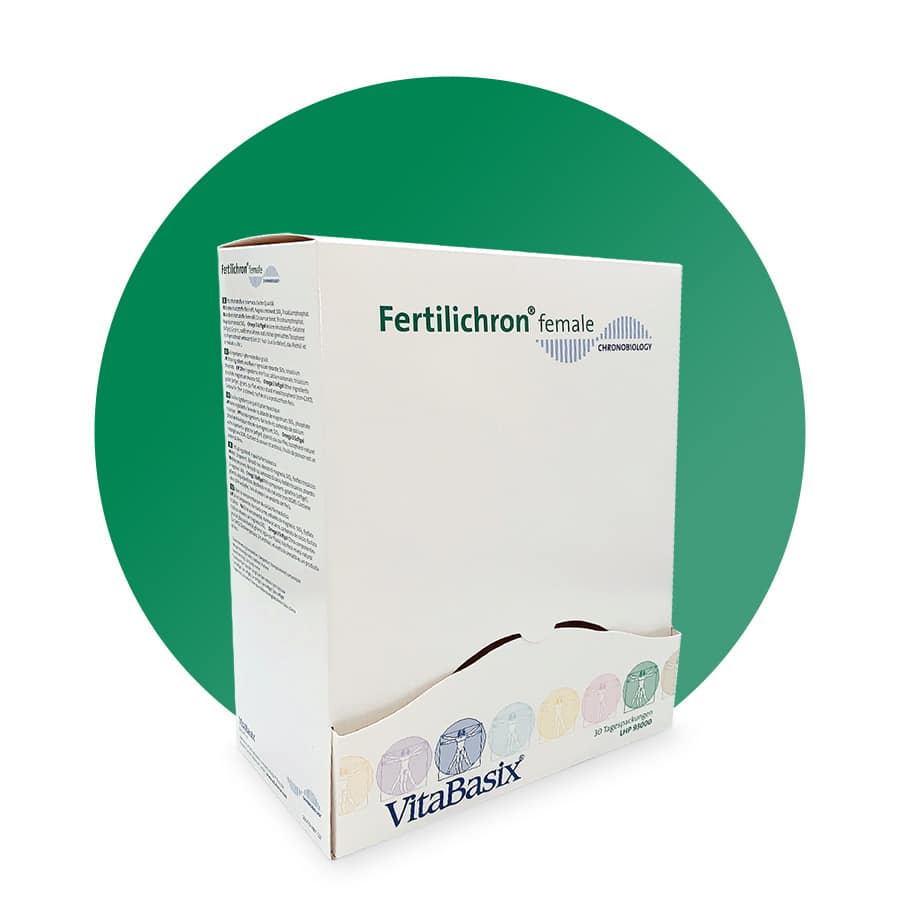
 Chronobrands
Chronobrands